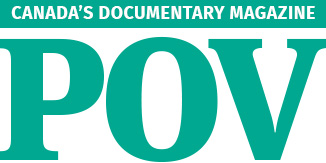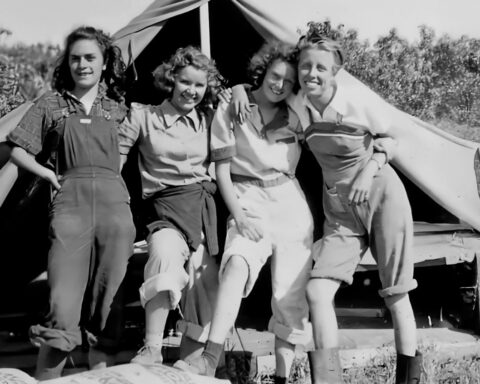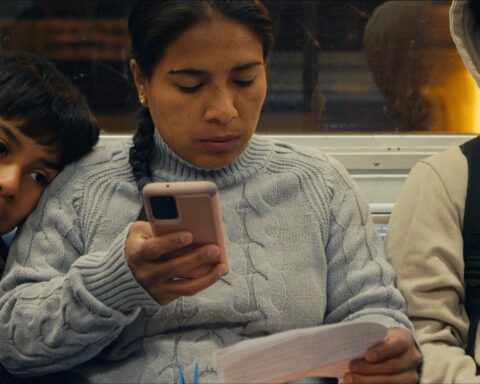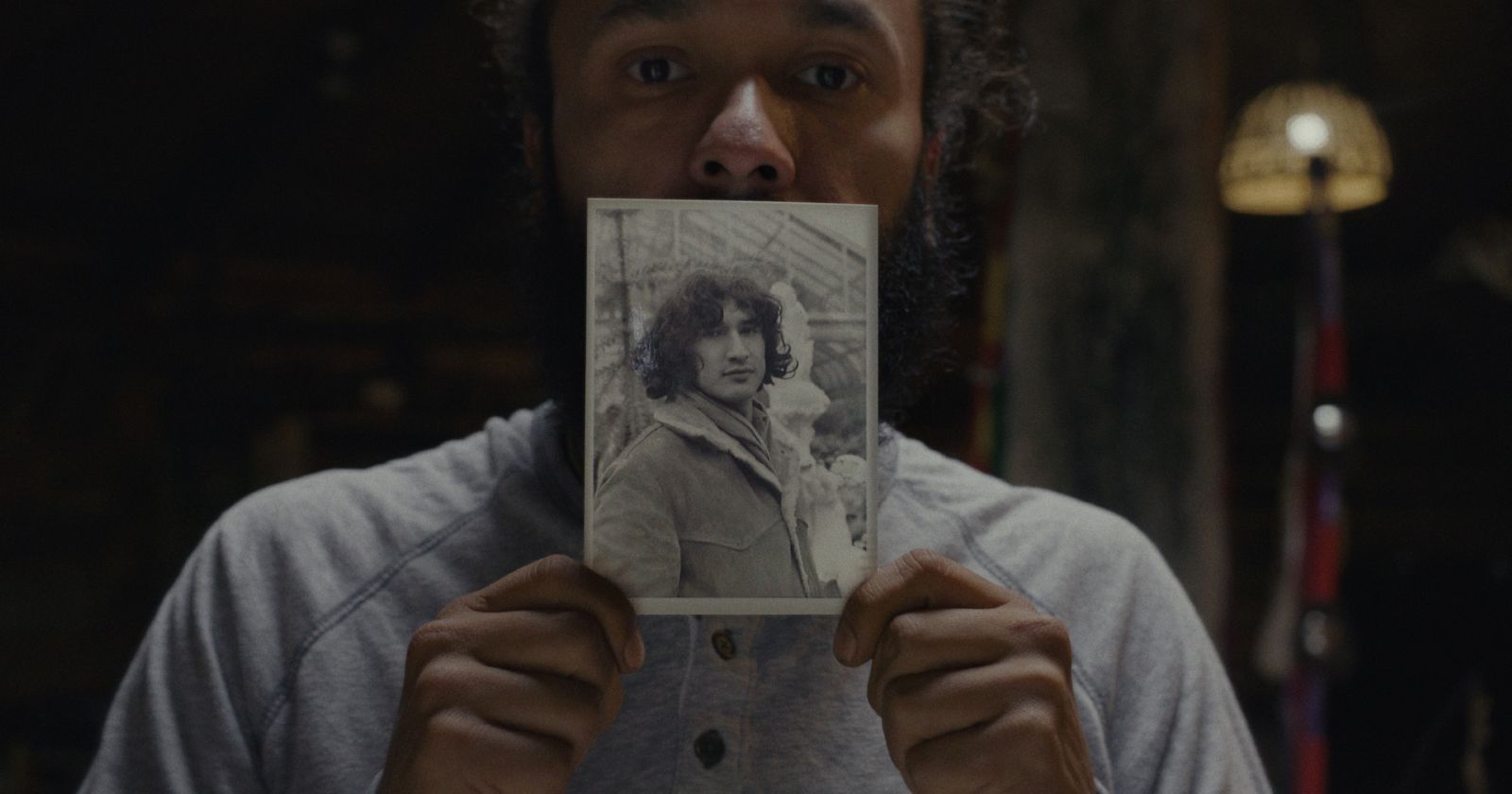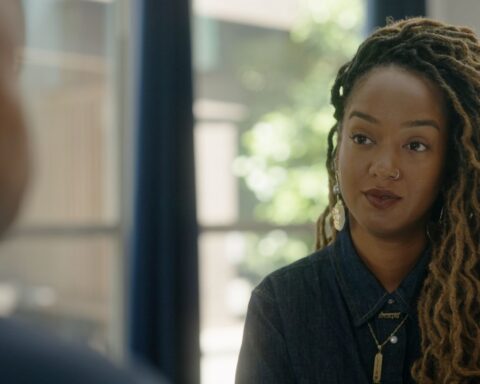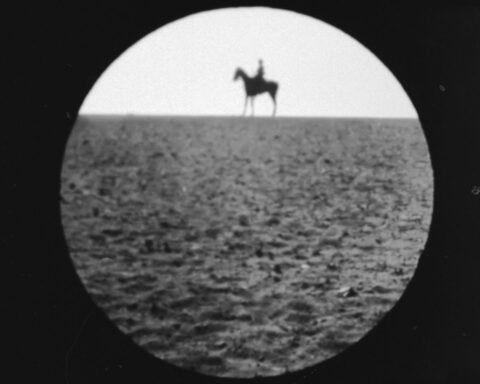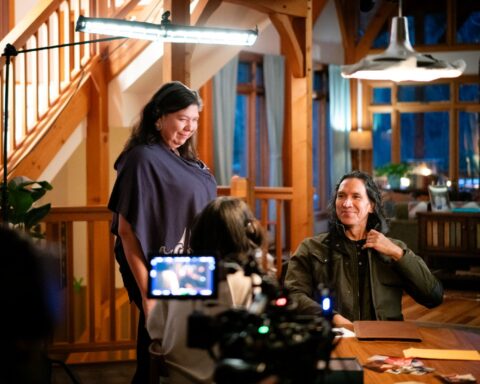Flana
(Iraq, France, Qatar, 85 min.)
Dir. Zahraa Ghandour
Programme: TIFF Docs (World Premiere)
Missing and murdered women, a graveyard full of murdered children – sounds familiar to Canadians reckoning with colonials’ and white men’s treatment of First Nations. But these elements in the documentary Flana represent women who are not the victims of white haters but of perpetrators within their own families in Iraq. Over the course of the journey in director Zahraa Ghandour’s first feature, we learn the ways in which Iraqi girls have been disappeared, mostly by their families who consistently privilege sons over daughters, often rejecting their female newborns outright, or who sanction their honour killings.
Flana, which gets its title from an Iraqi term for nameless girls, begins with an aerial view of women in the streets. They’re jostling each other while they do their business, and then the film segues to the birth of a child, where the mother, only 17 years-old, is heard howling with pain. She is ministered to by the midwife, Ghandour’s aunt Hayat, who in her lifetime has ushered into the world hundreds of babies, including Ghandour herself.
The director wants to find out what happened to her friend Nour, who at the age of 10 was dragged away as Ghandour, 10 years herself, watched from her aunt’s window. Hayat may have the key to the mystery.
Hayat opens up about her experiences, revealing the systemic rejection of female babies. Ghandour gently prods her, staying silent when Hayat falls quiet after making each startling revelation, and the director’s patience pays off. Hayat is a fountain of terrible information. Too many times to count, parents have left their just-born daughters behind, declaring that they don’t want them; they’re girls. Nour was one of them.
Hayat is a complicated character, wholly compelling, almost charismatic, deeply conflicted about her role in the disappearances, yet brave enough to be as truthful as she can about them.
Ghandour then widens her exploration, delving into the stories of other female victims. One survivor, Layla, describes the moment her abusive father threw her out of the house at age 10. Her crime? She was female and didn’t meet his standard of beauty, something that still resonates with her. She has protruding teeth (not very, actually, which speaks to the psychological impact of misogyny), so she wears a mask when she’s in public. When she was left to wander the streets, she was picked up by police and placed in a shelter, which was more like a prison, for homeless girls. Her resilience gives Ghandour hope.
Underlying these tales of abuse and rejection is Ghandour’s connection to her own mother, which may have inspired the making of the documentary as much as her search for Nour. Ghandour’s mother, who refused to be filmed, had asked Hayat to care for her as a newborn. Eventually, Ghandour returned to her first family but her relationship remained troubled until her mother told her the truth: She had not wanted to have her, but her telling of it turns into one of the most emotionally satisfying moments in the film.
Flana is superbly lensed by Jocelyne Abi Gebrayel, whose unobtrusive camera is able to capture private moments. The early birthing scene is subtly shot through a door that’s barely ajar. Through a geometric sensibility, she evokes the extent to which the homeless shelter is basically a prison. Throughout the film, ghostly images of Nour expertly evoke Ghandour’s blurred memories of her old friend. Excellent music by Khyam Allami gives the film both beauty and at times unbearable tension
Close to the end, the documentary heads to the Cemetery of the Forsaken, where murdered girls are buried without gravestones. Mothers are not allowed to visit. That’s another injury in the spate of injustices borne by Iraqi women that Ghandour uncovers with uncommon skill in a first feature.
Flana has its world premiere at TIFF 2025.
Get more POV coverage for the festival here.
